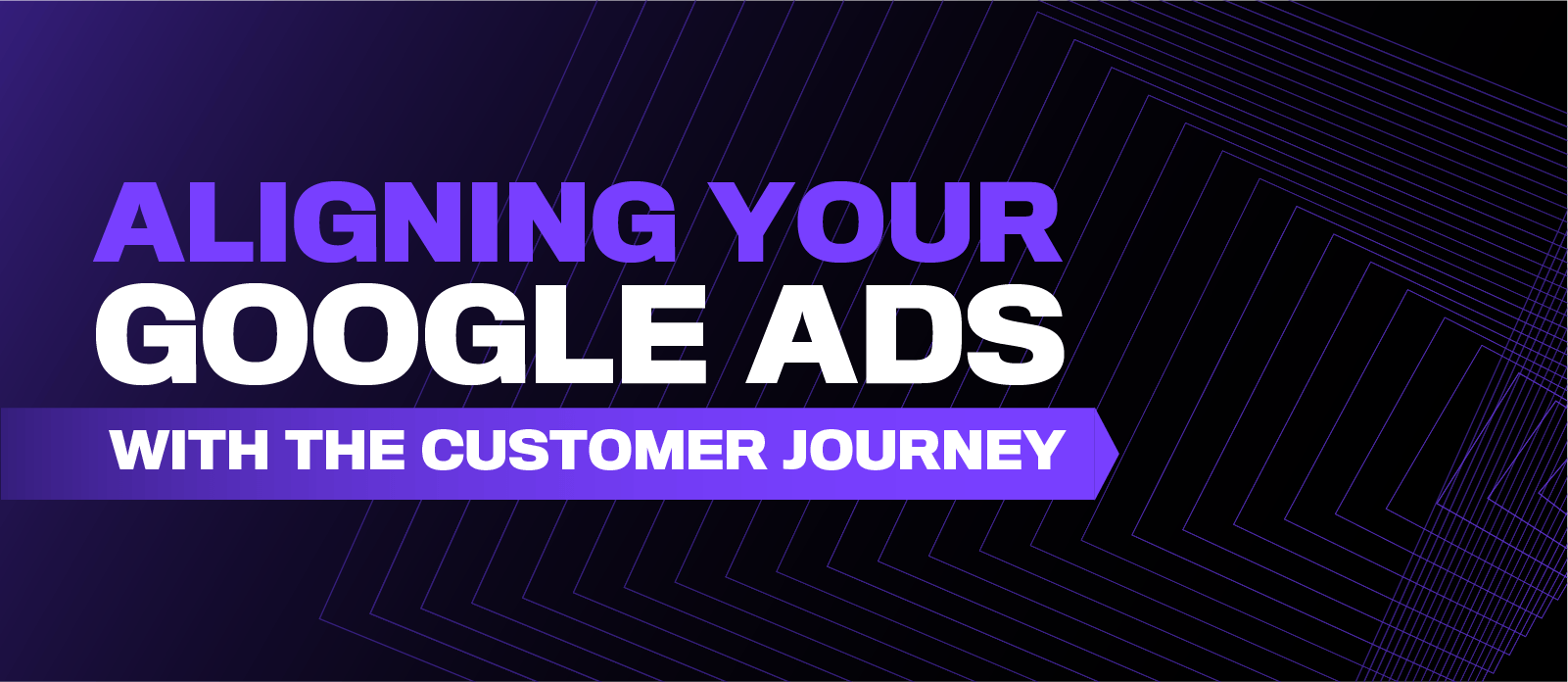
Higher education institutions have been utilizing Google Ads as a lead generation source for years now. Still, we're now seeing Google roll out features that make the ad interface even more helpful for stakeholders. As with all of their products, Google is always testing out new features, and the good news is that once you master some of these features, you can get to the point where your university gets great value out of the ad platform, without having to spend a lot of time each day checking in on, and optimizing your ad sets.
In this blog post, we'll discuss how you can align your Google Ads with your customer's journey, and how exactly this can help give a boost to your university's lead generation efforts. To garner the highest quality leads possible on Google Ads (not just the largest volume of leads), you need to first lay the groundwork by taking the following three actions.
Map Your Customer Journey
What do we mean by "customer journey"? Any "brand" (even an institution of learning) needs to map out the lead-to-sale journey their prospects go through. You want to identify what the key steps are during that journey by listing out all the touch-points your prospects currently have with your "brand." This list should include actions your prospects take *offline* when interacting with your organization. Some examples may include talking to your admissions teams in person, visiting your university campus, and things of that nature.
Like what you're reading? Sign up for the Higher Education News Brief, and receive the top stories from across the landscape of Higher Education every Monday.
When mapping your customer journey, you'll want to answer a few crucial questions. One is, how are we treating the inbound leads during that critical first 7 days period? You want to determine the approximate percentage of your leads that are converting, and also, what's the monetary value of a conversion? That's a very important point that we'll talk about more a little later on.
Setup Offline Conversions
By importing your "Offline Conversion Events" into Google Ads, you can measure what happens *after* someone clicks on one of your ads. This gives you a more comprehensive look at which keywords and targeting criteria are driving the most cost-effective conversions for you. Once you have that info in your campaign, you can harness the third element of this process: Google Ad's value-based bidding strategies.
Assign Conversion Values
By assigning monetary values to your conversions, you can then leverage Google's machine learning algorithms to capture the customers that generate the most *monetary value* for your organization, not just the people who are most likely to make a conversion.
And keep in mind, those touch-points can go beyond interactions that happen only on your website. Your leads interact with you via social channels, paid ads, email marketing, and third-party sites and mentions. All of this combines to make a difference in the success of your organization's digital marketing ad campaigns.
Suppose an organization had used a search ad to direct prospects to their online form but didn't track the offline conversions. In that case, they'd have no way of measuring the return on investment because sometimes half of a lead-to-sale journey happens over the phone or in person. By importing those offline conversions and customer data, you can close the data gap and determine which search ads are generating offline conversions.
We highly recommend that any organization map their customer journey, assign conversion values, and get your offline conversions uploaded to Google. When you pair those three things with a "Maximize Conversion Value" bid strategy campaign, you can expect far more valuable results than what you were getting when running more basic ad campaigns.
Download your complimentary Brand Manifesto Workbook today!









